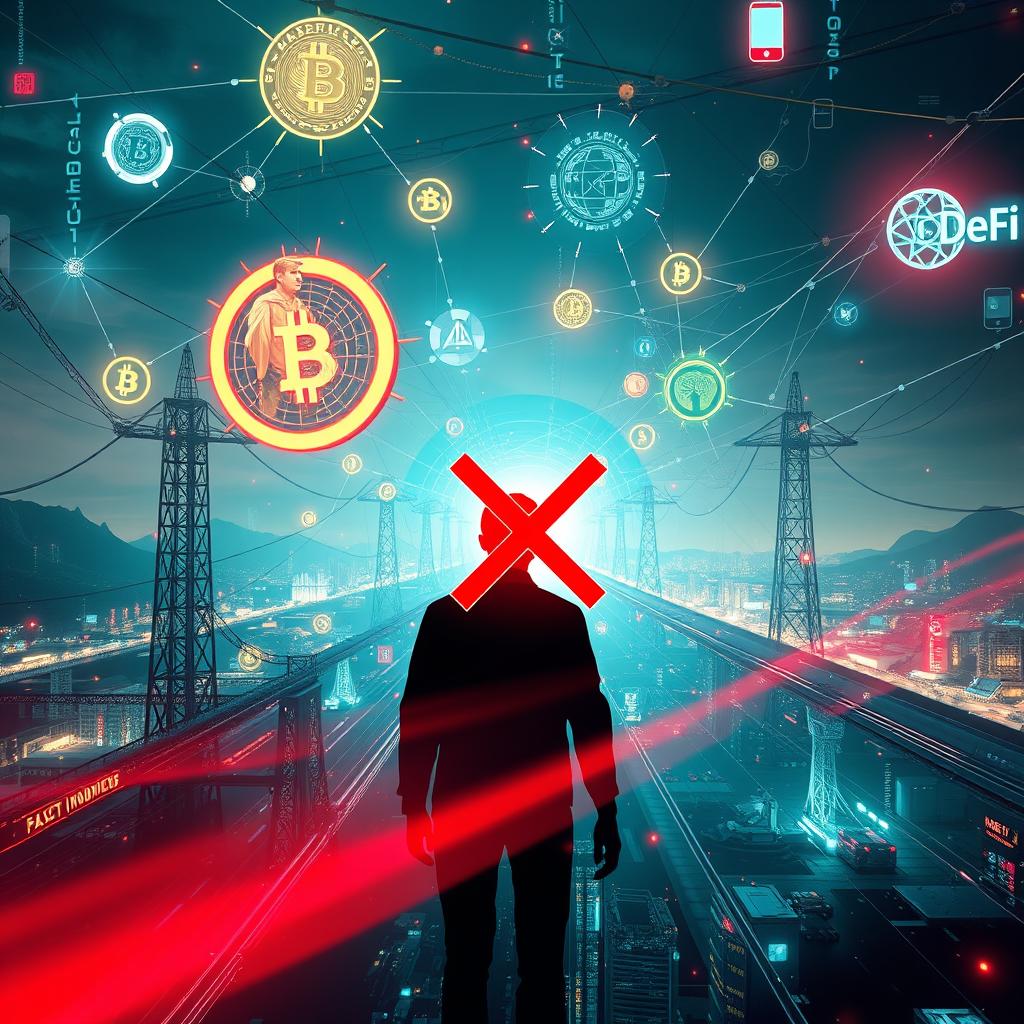The Misconceptions Surrounding the Crypto Industry
The article “Why the Media Loves the Worst of Crypto” by Mahesh Ramakrishnan sheds light on the misconceptions surrounding the crypto industry. The author argues that the media’s fixation on the least reputable aspects of the industry obscures the real progress being made in areas like DePIN, stablecoins, and DeFi. In this analysis, we will delve deeper into the article’s points and provide additional insights to support the author’s claims.
The Rise of Stablecoins
Stablecoins, which peg digital assets to fiat currencies like the US dollar, have reached new heights in adoption, particularly in emerging markets where people face unstable local currencies. According to a report by The Block, the stablecoin market cap has reached an all-time high. This growth is a testament to the increasing demand for stable and secure financial instruments in these markets.
Decentralized Physical Infrastructure Networks (DePIN)
DePIN projects are using crypto rails to rebuild the tangible world. These networks allow individuals to contribute resources, such as data or connectivity, in exchange for rewards. By crowdsourcing infrastructure, DePIN projects can compete with large incumbents, offering cheaper and more accessible services. There are over 1,400 DePIN projects building, having raised more than $1 billion in venture funding.
The Misconceptions Surrounding DePIN
The article highlights the misconception surrounding DePIN projects, such as Helium, which was called a scam and declared a failure after its token price fell 90% in 2022. However, Helium’s business has transformed into a cellular provider from an IoT network. This misunderstanding reflects how volatile token prices often overshadow real business developments.
The Importance of Understanding the Crypto Industry
The author emphasizes the importance of understanding the crypto industry, which is often misrepresented or taken out of context. The media’s fixation on the least reputable aspects of the industry can lead to a lack of understanding of the real progress being made in areas like DePIN, stablecoins, and DeFi.
Conclusion
The article “Why the Media Loves the Worst of Crypto” highlights the misconceptions surrounding the crypto industry. The rise of stablecoins and DePIN projects, which are using crypto rails to rebuild the tangible world, demonstrate the real progress being made in the industry. However, the media’s fixation on the least reputable aspects of the industry can lead to a lack of understanding of these developments. It is essential to separate fact from fiction and to look beyond the headlines to gain a deeper understanding of the crypto industry.
Predictions
Based on the analysis, we predict that the following trends will continue:
- Stablecoins will continue to grow in adoption: The stablecoin market cap has reached an all-time high, and we expect this trend to continue as more people seek stable and secure financial instruments.
- DePIN projects will continue to disrupt traditional industries: DePIN projects are using crypto rails to rebuild the tangible world, and we expect this trend to continue as more projects emerge and gain traction.
- The media’s fixation on the least reputable aspects of the industry will continue: The media’s focus on the least reputable aspects of the industry can lead to a lack of understanding of the real progress being made in areas like DePIN, stablecoins, and DeFi. We expect this trend to continue unless there is a shift in the media’s coverage of the industry.
Actionable Insights
Based on the analysis, we recommend the following:
- Educate yourself on the crypto industry: Separate fact from fiction and look beyond the headlines to gain a deeper understanding of the crypto industry.
- Invest in stablecoins and DePIN projects: Consider investing in stablecoins and DePIN projects that align with your investment goals and risk tolerance.
- Stay informed about industry developments: Follow reputable sources and stay up-to-date on industry developments to gain a deeper understanding of the crypto industry.




